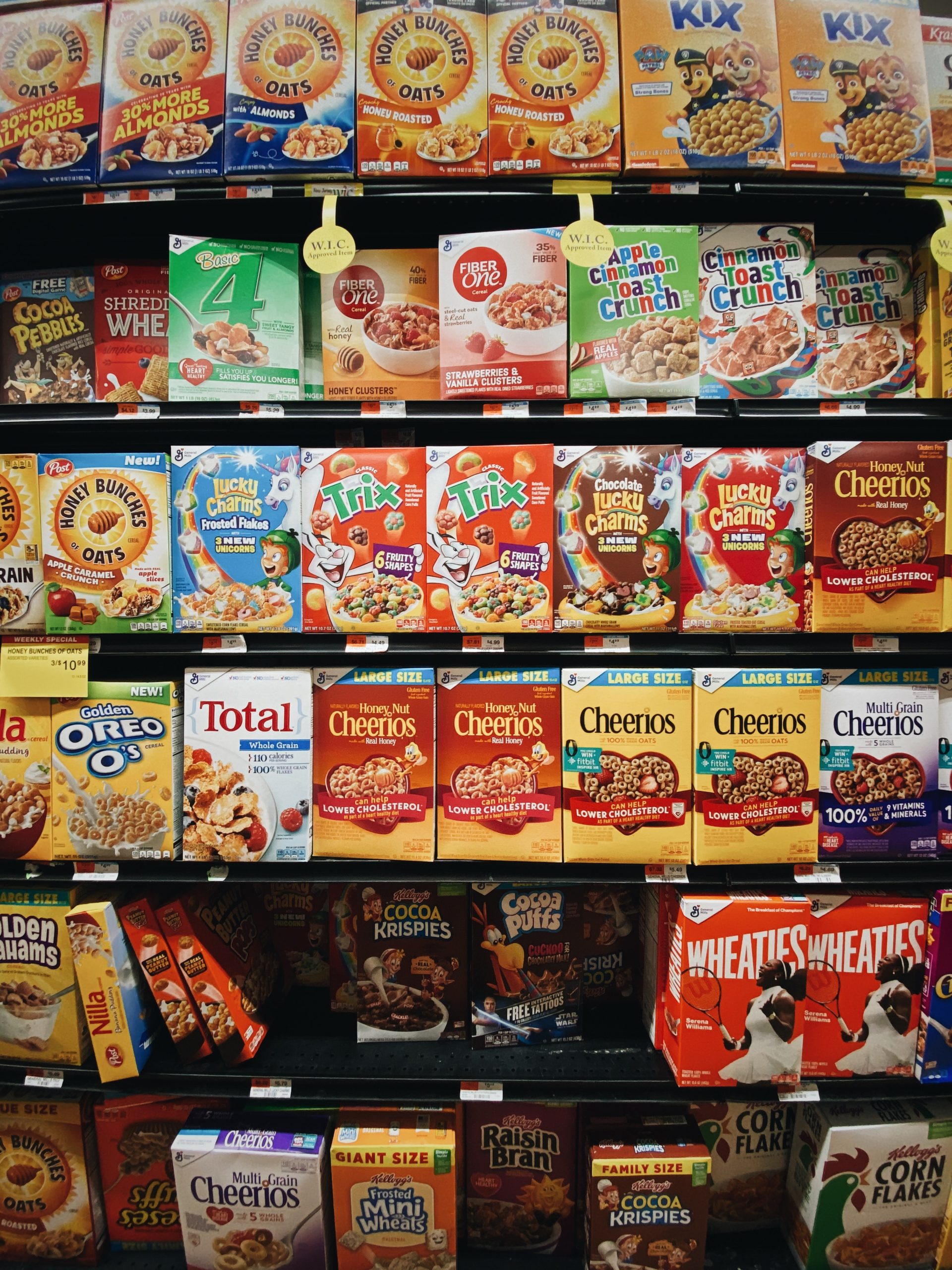Here is what is causing it and how it will affect you
It is hard to ignore the painfully expensive cost of just about everything nowadays. Many people point to the sudden 3 trillion-dollar printing spree by the federal government during the pandemic. This answer does in fact seem like the knee-jerking economist explanation. Printing 35% of all US currency in 10 months would lead to a lot of inflation, right? In truth, there are various factors to the increase in prices we are seeing at the pump and in the check-out line, and whether these price increases will stick around or not is another complex question.
Transitory Inflation

There are two ways that the Federal Reserve, and many economists, have plotted inflation: transitory and permanent. The federal government, primarily through the Federal Reserve, has been adamant on their standing that much of the inflation seen today is merely “transitory”. Now, the institutions in the government that seemingly eliminated interest rates and were behind the large-scale printing would also be the ones to downplay the following inflation. However, there is merit behind the claim for transitory inflation.
Some of our current inflation is due to supply-and-demand imbalances. During the pandemic, we saw low prices for many things that would otherwise take a bite out of our wallets. Gas and airline tickets were the cheapest they have been in years.
For the first time, oil futures were negative (talk about crazy). This was due to record low demand for driving and travel. Fast forward to late spring 2021, and, in a span of a couple months, we went from lockdowns to vaccines in our arms, and a surge in demand followed. Simply put, we are in a period where we have post-pandemic demand and pandemic level production.
Supply Chains Need to Catch Up
Supply chains are struggling to catch up. The auto industry is a prime example. We had very low demand for cars during the pandemic, and even less for renting cars. As a result, car rental companies sold their fleets to avoid bankruptcy. As demand rises again, these car companies have bought new cars en masse from auto manufacturers. Contributing further to the supply chain bottleneck, semiconductors, which cars need for everything from their fuel injection systems to their multimedia systems, are in short supply. In short, this supply and demand relationship has made what would usually be a depreciated hunk of metal on wheels into something that gained value in the last year. Consequently, this has caused the price of new and used cars to increase. As swell as this sounds for you and your car, it likely won’t last.
Lumber prices skyrocketed in late spring and early summer 2021. This was due to supply lines being shut off due to the pandemic in conjunction with higher demand. Think of all the people who thought to build a patio or remodel their bathroom during lockdown.
The increase in lumber pricing also affected the real estate market, driving the cost of homebuilding up substantially. In some locations, the price of building a home increased by 25%. However, if you look at lumber prices now, you will see a stark drop. This is an example of supply chains catching back up to the post-pandemic world, and prices adjusting accordingly.

Permanent Inflation
Though the price of cars, gas, and lumber may be falling back to normalized levels soon, there are cost increases that will likely stick in the post-pandemic economy. Take the rising costs at restaurants. In June, Chipotle announced that they would be increasing prices by 4%.
Many fast-food and sit-down restaurants have also followed suit. These increases are linked to one primary factor: wage increases. The post-pandemic transition has been marked by a labor shortage. As workers demand a living wage, employers raise their selling prices to balance the books. I mean, I really doubt a 4% increase will keep anyone from buying a Chipotle burrito, it for sure won’t stop me! The thinking here is that wages rarely go down, and, therefore, the price increase that we are seeing in checkout lines and at restaurants are likely here to stay.
Inflation via Companies capturing higher revenue

It’s no surprise that companies have and will raise prices accordingly when the price of production increases. It’s also no surprise that companies won’t necessarily lower prices when their production costs fall back to normal; they want to make additional profits without raising prices. However, many companies have raised prices due to consumer costs and do so regularly. General Mills recently announced a 7% increase in pricing throughout its product pool due to production costs. However, it’s a safe bet that these prices will be the new normal at the check-out line. Essentially, the increases in production prices companies are seeing today is being passed on to the consumer, and as production prices return to more normal levels, companies will likely maintain the same prices and take the increase in profit.
This is significant as the conditions that warrant such an increase in pricing by companies would on paper be transitory but may be more permanent as companies see the opportunity to boost profits.
Shrinkflation
Shrinkflation is a phenomenon when the product size decreases but the pricing stays the same. For many companies, this strategy is a good way to maintain lower pricing in a time of price increases, tricking consumers into thinking they are getting a deal. This is rampant in the grocery aisles. That package of Pringles, or that roll of toilet paper, may be a bit smaller, but the price is the same. So, when it seems like prices are cheaper than they should be, it’s likely that inflation is tugging the other way.
It’s not all bad, and it could be a lot worse
This may all seem like bad news, but it is important to keep in mind that a case of hyperinflation is very unlikely, and, more importantly, many prices will return to normal. It is very unlikely that the US will face an inflation event like the one in the 70’s. It’s important to remember that the consumer (you) does have power, and what you buy and don’t buy also dictates prices. So, as we ride out the pandemic, it’s good to identify what is causing these price increases, and what it means for your costs as the consumer.